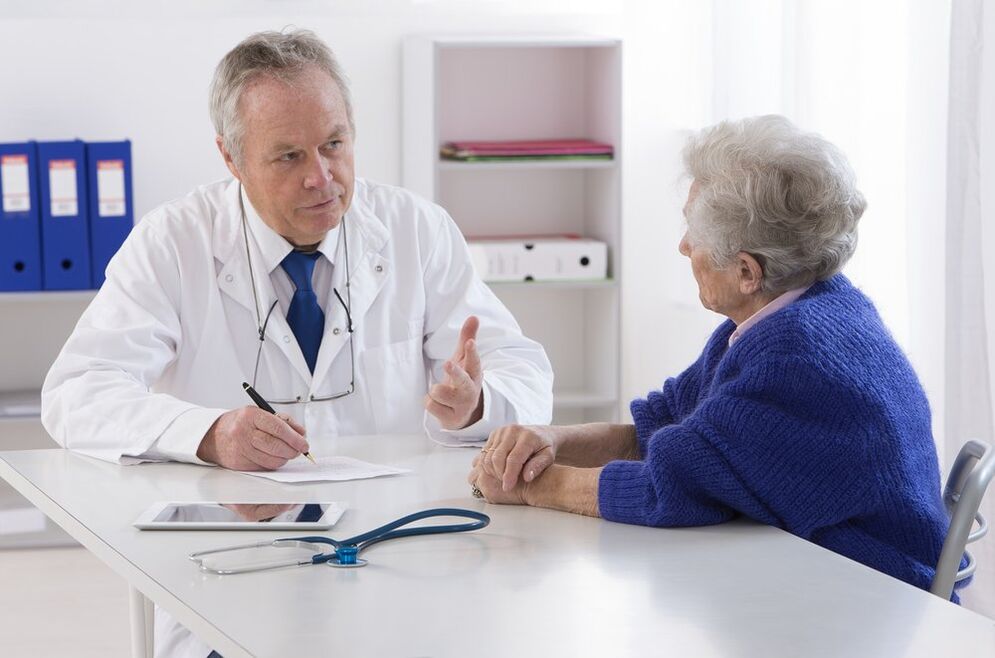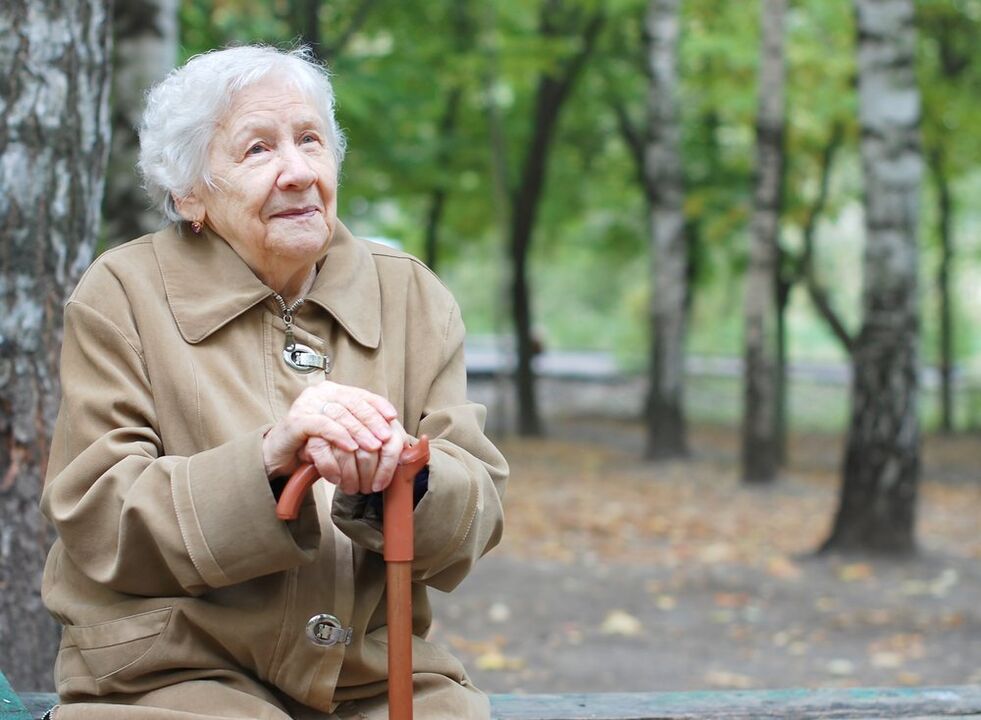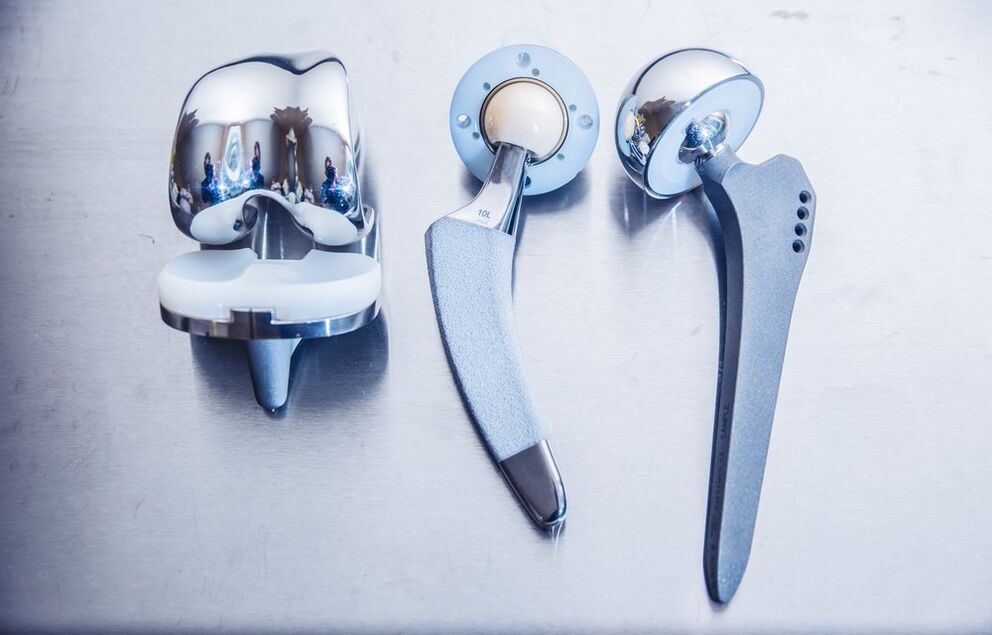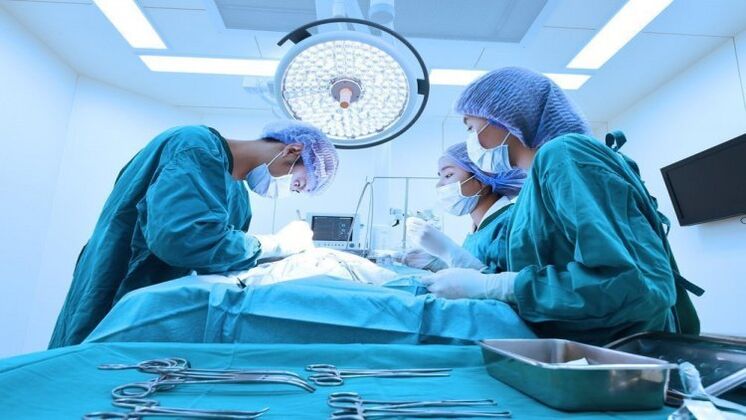Each of our joints has two surfaces that fit together like a key lock. All protrusions on one joint surface correspond to the recesses on the other. Such an exact matching surface has a medical name - congruence. From above, the ends of the bones that make up the joint are covered with cartilage for better gliding. The joint sac, ligaments and muscles protect the joint. Arthrosis, one of the most common diseases of the joints, destroys cartilage and bone surfaces. At the same time, little is produced of special joint fluid, which ensures smooth movements, the ends of the bones join and begin to rub against each other, bringing pain and discomfort to its owner. Meanwhile, with arthrosis, there is no formal inflammation in the joint, which distinguishes it from arthritis.
Why arthrosis of the hip joint occurs: age

Such a catastrophe as osteoarthritis can happen to any joint in our body. Defeat is one-sided and bilateral. Age, overweight, injuries, flat feet, scoliosis of the spine, arthritis, joint displacement, excessive strain on it, but at the same time, a sedentary lifestyle contribute to the onset of the disease. The joints are made to move! Meanwhile, upright posture predisposes to osteoarthritis of the human hip joint. In animals, such a disease does not occur, in them the load on the joints is distributed more evenly.
The hip joint is second in range of motion after the shoulder joint. And indeed, normally, we can move the leg back and forth, outwards and inwards, and even in rotational movements. This joint carries a very large load. It consists of the head of the femur and the socket on the pelvis. Osteoarthritis of this joint is medically known as coxarthrosis. A huge number of people suffer from this disease. Women get sick more often, and the peak of the disease is, of course, after 40 years. In 70% of cases, this is due to natural wear and tear of the joint, impaired blood supply and metabolism in it.
Signs of joint damage: pain when walking and resting

The first symptom of osteoarthritis of the hip joint is pain in the groin when climbing stairs. There may be no pain when going down the stairs. Later, the pain may begin to spread to the knee. Some of the different movements in the joint will be limited. For example, lifting a leg, or bending at the hip, can be painful, but returning the leg is not. Turning the leg inward is painful, and moving to the side is also painful but bearable. It is often not possible to kneel because this movement also involves the hip joint. And limitations in mobility are caused not only by pain, but also by changes in the joint itself.
Due to the fact that the hip joint is involved in walking, running and other movements, its defeat imposes social restrictions on the patient. And with arthrosis of the third degree, the pain is already disturbing not only during movement, but also at rest, especially they do not let you sleep at night. It's hard to roll over in bed. And sometimes the pain is so severe that it forces the patient to constantly take pain medication, which in itself is not always harmless. Thus, frequent use of nonsteroidal anti-inflammatory drugs can lead to the development or worsening of gastric ulcers.
Treatment of osteoarthritis: arthroplasty

Many years ago, when modern prosthetic surgeries were not yet available, surgeons continued to operate on patients with coxarthrosis. At the same time, the purpose of the operation was not to treat arthrosis, but to completely immobilize the joint. After recovering from this difficult surgical intervention, the patient walked dragging his leg. Many movements were inaccessible to him, but at least they were not tormented by pain. And then the artificial hip joint was invented and it became possible to help such patients completely - with the new joint they can walk painlessly and perform other movements, they are no different from healthy people. Thus, an 80-year-old patient, who underwent arthroplasty of both hip joints, came to the doctor with the question "Can I go skiing? "".
Today, coxarthrosis surgeries are a regular production. Such treatment of osteoarthritis of the hip joint is available to many people, including the very elderly, unless, of course, there are no life contraindications, such as severe heart disease, lung disease and other organs. What is the essence of the operation? We have a completely non-working joint, its cartilaginous layer is worn out, everything has healed and is not moving.
How is osteoarthritis surgery performed?

Then you need to understand how the femur is arranged: it has a head that enters the wrist and a trochanter to which many muscles that move the leg are attached. It is a skewer that we feel through the skin. So, during the operation, the head of the bone is removed, and the trochanter is left. Cartilage remnants are also removed from the pelvic cavity. An artificial wrist head is placed in its place. The head "sits" on a metal rod, which is attached to the femur. The incision is made in the inguinal region, its length is only 7-8 cm.
On the first day after the operation, the patient was lifted, on the third day he was forced to walk. And within one to two months, these patients completely restore the range of motion in the joint. Of course, after such treatment of arthrosis, a certain motor regime is needed, which contributes to recovery. But it is the doctor's concern - to give competent advice, learn how to use this new word of technology in your own body.
Dentures are made of light and durable materials, which makes them durable. There are different dentures. The doctor chooses the optimal one based on the person's age, his further "requirements" for movement and other factors. And in our country many of these operations are performed completely free of charge. You will have to wait in line for some time, but half a year is not ten years! Today, thanks to advances in medicine, coxarthrosis can relieve pain and lead an active lifestyle. technology.



















